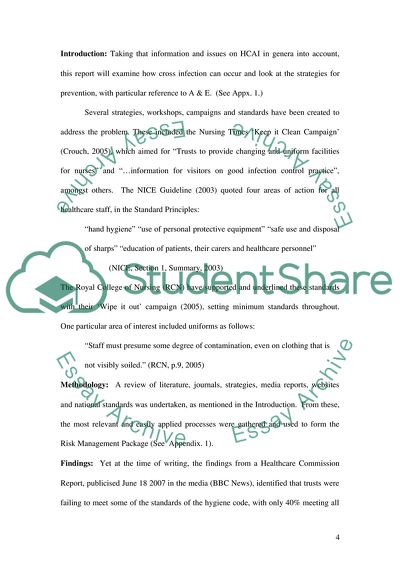Cite this document
(Cross Infection and Risk Management in the Accident and Emergency Research Paper, n.d.)
Cross Infection and Risk Management in the Accident and Emergency Research Paper. Retrieved from https://studentshare.org/health-sciences-medicine/1708162-a-report-on-cross-infection1000-wordsand-risk-management-package-to-use-in-practice
Cross Infection and Risk Management in the Accident and Emergency Research Paper. Retrieved from https://studentshare.org/health-sciences-medicine/1708162-a-report-on-cross-infection1000-wordsand-risk-management-package-to-use-in-practice
(Cross Infection and Risk Management in the Accident and Emergency Research Paper)
Cross Infection and Risk Management in the Accident and Emergency Research Paper. https://studentshare.org/health-sciences-medicine/1708162-a-report-on-cross-infection1000-wordsand-risk-management-package-to-use-in-practice.
Cross Infection and Risk Management in the Accident and Emergency Research Paper. https://studentshare.org/health-sciences-medicine/1708162-a-report-on-cross-infection1000-wordsand-risk-management-package-to-use-in-practice.
“Cross Infection and Risk Management in the Accident and Emergency Research Paper”, n.d. https://studentshare.org/health-sciences-medicine/1708162-a-report-on-cross-infection1000-wordsand-risk-management-package-to-use-in-practice.


